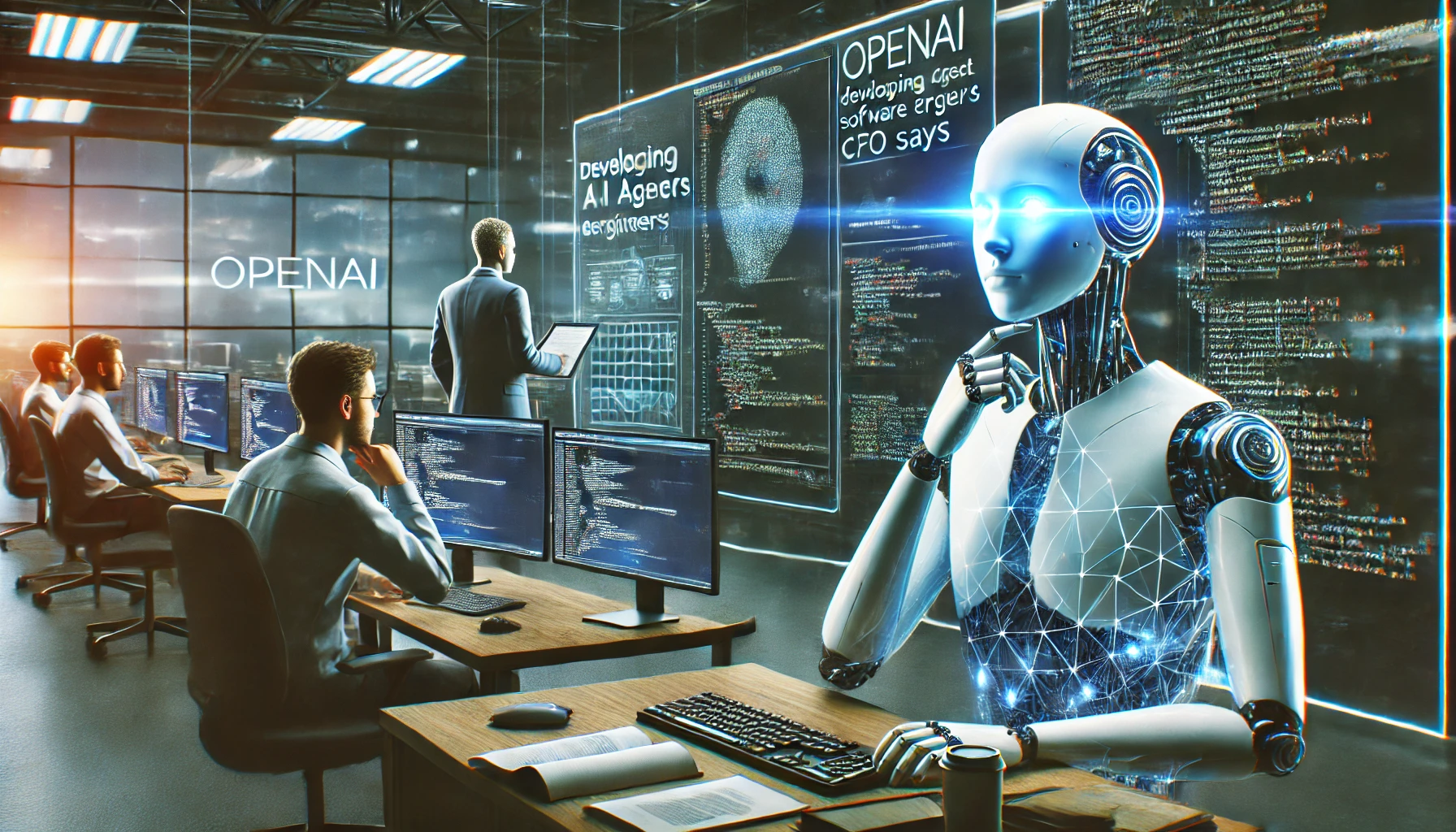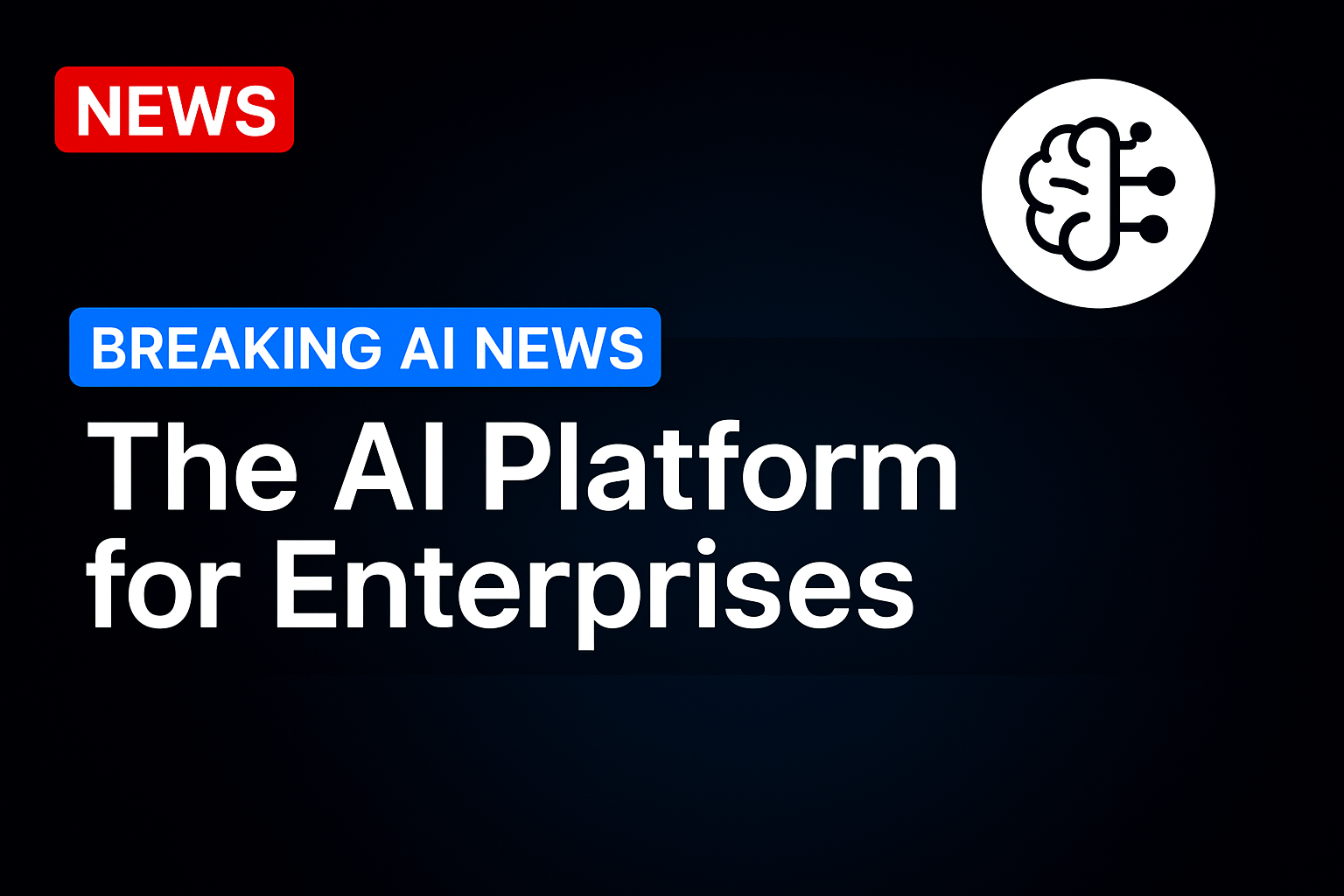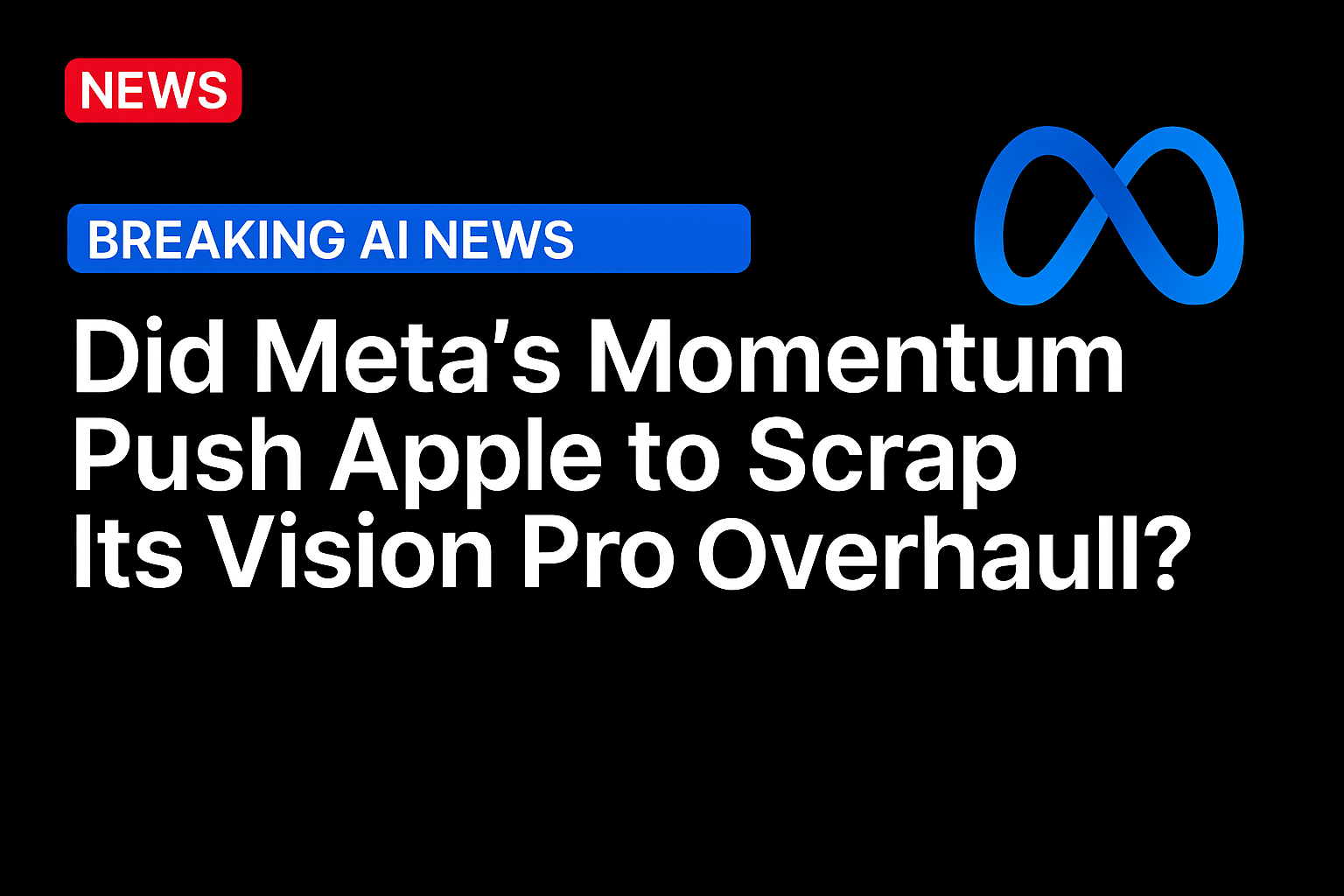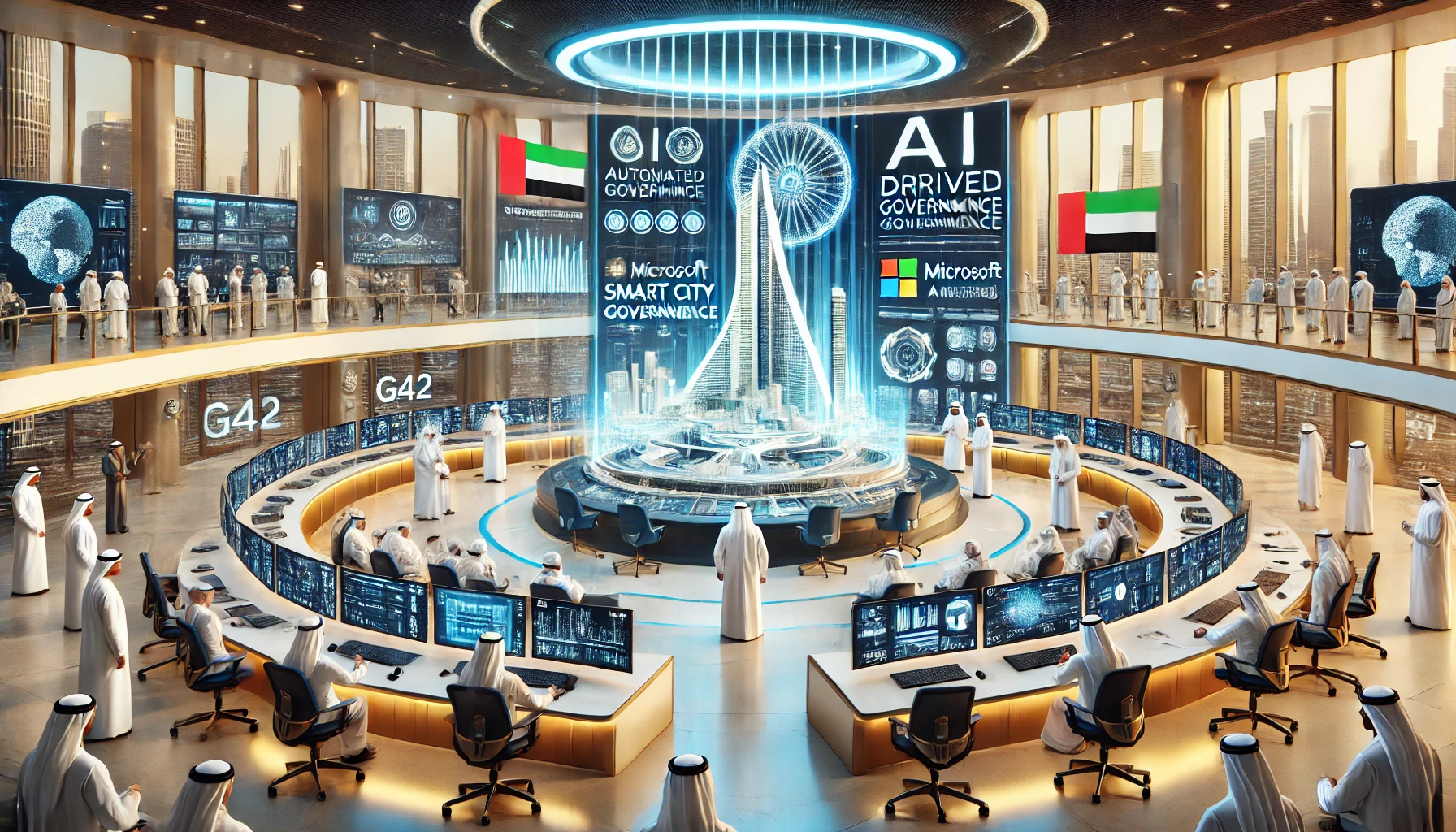OpenAI CFO Sarah Friar said the startup is building an artificial intelligence (AI) agent that can do all the work of software engineers, not just augment their skills, during a wide-ranging interview at a recent Goldman Sachs conference.
“This is not just augmenting the current software engineers in your workforce, which is kind of what we can do today through Copilot, but instead, it’s literally an agentic software engineer that can build an app for you,” Friar said at the Disruptive Technology Symposium in London.
“Not only does it build it, it does all the things that software engineers hate to do” such as quality assurance tests, bug testing and bashing, as well as the accompanying documentation, she said. “So suddenly, you can force multiply your software engineering workforce.”
This agentic software engineer is called “A-SWE” and represents the third phase of OpenAI’s development of agentic AI — systems that work independently on behalf of users.
Last year, Cognition AI was the first to release an AI software engineer. Devin could plan and execute complex engineering tasks, and it can use common developer tools within a gated environment, “everything a human would need to do their work,” the startup said.
OpenAI’s A-SWE is its third agentic tool, with the first two being Deep Research, which creates comprehensive research reports, and Operator, which performs web-based tasks like booking travel or making dinner reservations, according to Friar.
The next phase of AI agents would extend human knowledge to create something truly novel the world hasn’t seen yet.
Friar said academics are telling OpenAI that AI models are “coming up with novel things in their field. They don’t yet know if those novel things are real, because they now need to go and test” and see if it’s a new discovery.
Friar also revealed that GPT-4.5, OpenAI’s most advanced GPT model, was trained to have more EQ — emotional quotient or intelligence — not just technical skills.
“We’re actually spending a bunch of time thinking about the more EQ side of models,” Friar said. “We spent a lot more time training (GPT-4.5) to have what Silicon Valley loves to call vibes, but effectively EQ.”
She described the model as feeling “very human” and “actually better for things like design or writing or creative concepts, rather than just pure hard math and science.”
While overall viewing AI coworkers as a good thing, human workers remain cautious. A January PYMNTS Intelligence report, “GenAI: A Generational Look at AI Usage and Attitudes,” shows more than half of survey respondents think AI poses a “significant risk” of widespread job displacement.
OpenAI’s Vertical Growth Path
Friar, who previously held leadership roles at Goldman Sachs, McKinsey, Salesforce and Square, said OpenAI is moving beyond being solely a model builder to becoming a comprehensive AI infrastructure provider and applications developer.
“Today, OpenAI is so much more,” Friar said. “We’re going down into data center technology … and we feel like we’re creating a lot of IP there, and it’s really important for us to own that.”
In January, OpenAI, SoftBank, Oracle and MGX announced the $500 billion Stargate project to build data centers specially for AI training and inference. Initial tech partners are Arm, Microsoft, Nvidia, Oracle and OpenAI.
Friar compared OpenAI’s infrastructure investment to Amazon’s strategic decision to develop AWS rather than outsourcing cloud computing to competitors.
“Think about Amazon, at that moment where they’re rocking it on eCommerce, they see AWS starting to take shape. If at that stage they decided to go outsource to the upstart Google or something, giving all that IP of AWS away, think about how different the company would be today,” she said.
Despite OpenAI’s technological breakthroughs, Friar acknowledged that computing limitations remain its biggest constraint. Stargate is designed to ensure the startup will always have enough computing power.
It was lack of computing power that delayed OpenAI’s models in the past, Friar said.
For example, the release of OpenAI’s video generation model Sora was delayed by nearly a year because the company didn’t have enough computing power to handle user requests.
Stargate is expected to help solve the problem of inadequate computing power. It should yield 10 gigawatts, which would exceed the entire electrical consumption of Ireland (seven gigawatts).
Such investments are critical since OpenAI is growing fast. Friar said OpenAI has tripled its revenue each year for three consecutive years, with 400 million weekly active users currently on its platform.
Looking ahead, Friar indicated that while an IPO isn’t imminent given the startup’s development and expansion plans, it remains a future possibility.
“I can’t even imagine that right now — so much going on,” she said. At some point it will be considered since “being a public company is good hygiene.”
Source: https://www.pymnts.com/





